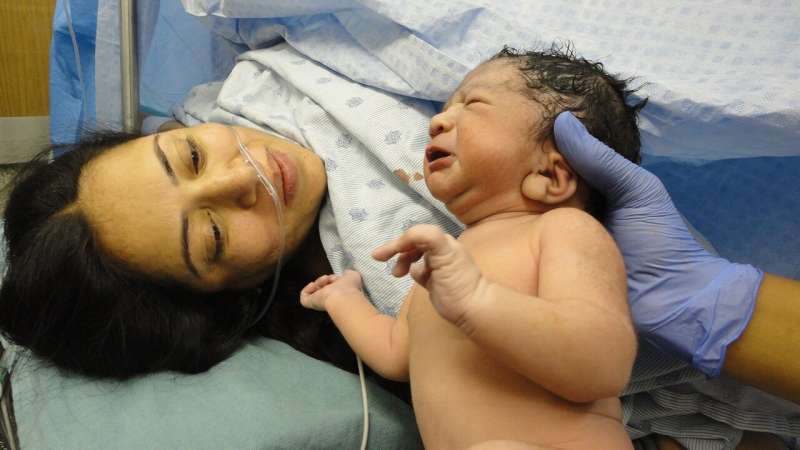New Study Clarifies Survival Outcomes for Childhood Brain Tumors

A comprehensive European study sheds new light on survival rates and cure prospects for children with brain tumors, fostering better diagnosis, treatment, and care strategies.
A recent groundbreaking study by the Princess Máxima Center for Pediatric Oncology has provided a comprehensive and clinically relevant overview of childhood brain tumor survival rates across Europe. Childhood brain tumors vary significantly depending on tumor type, which historically made cross-country comparisons difficult due to inconsistent data recording practices. The new research, published in The Lancet Oncology, analyzed data from over 30,000 children diagnosed with various brain tumors between 1998 and 2013, collected from 80 cancer registries spanning 31 European nations.
Focusing on the four most common pediatric brain tumors—low-grade gliomas, high-grade gliomas, ependymomas, and medulloblastomas—the study examined both short- and long-term survival as well as the proportion of children achieving cure. By employing a new classification system aligning with current clinical diagnostics, the researchers enhanced the relevance of their data, enabling better comparisons and healthcare planning.
One of the key findings is that differences in survival rates between European countries are smaller than previously believed, indicating that children across Europe generally have comparable access to effective treatments. Survival rates for pediatric brain tumor patients in the Netherlands, during the study period, were found to be around the European average, providing reassurance but also highlighting areas for further improvement.
Furthermore, for the first time, the study charts the proportion of children deemed cured, delivering essential insights for advancing treatments. Improvements in survival over the past decade affirm progress, yet challenges remain, especially for children with high-grade gliomas, where survival remains low. Experts like Prof. Eelco Hoving emphasize the urgent need for developing better therapies to improve outcomes for all children affected by these tumors.
Overall, this research offers valuable data for policymakers, healthcare providers, and researchers, fostering efforts toward enhanced diagnosis, treatment, and long-term care of pediatric brain tumor patients.
Source: https://medicalxpress.com/news/2025-07-clearer-picture-childhood-brain-tumor.html
Stay Updated with Mia's Feed
Get the latest health & wellness insights delivered straight to your inbox.
Related Articles
Discovery of a Key Receptor That Enhances Bone Strength and Regeneration
Scientists at Leipzig University have identified a key receptor, GPR133, that enhances bone strength and promotes regeneration. This discovery opens new possibilities for osteoporosis treatment and improving musculoskeletal health in aging populations.
Research Demonstrates How Universal Motorcycle Helmet Laws Enhance Safety and Reduce Injuries
A decade-long study confirms that universal motorcycle helmet laws significantly improve safety by increasing helmet use and reducing injury severity among riders. Learn how legislation impacts rider safety and public health.



